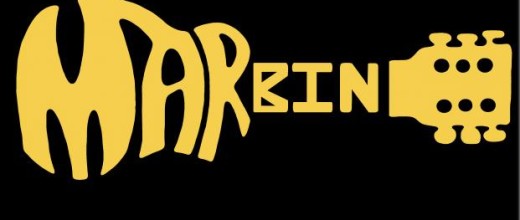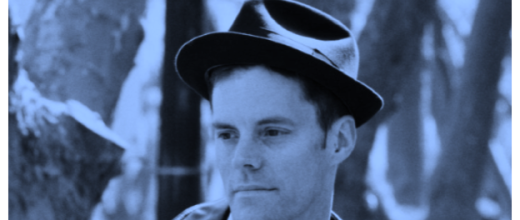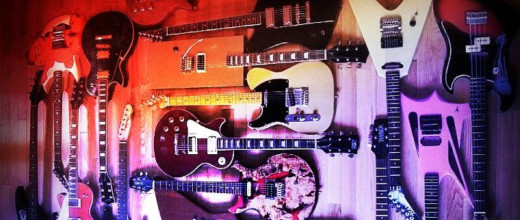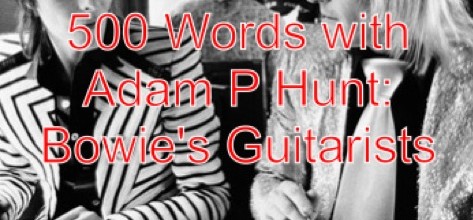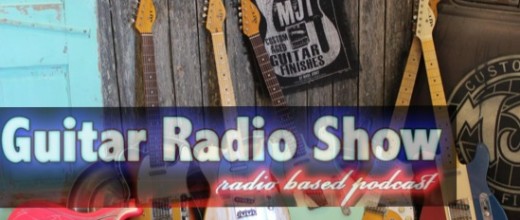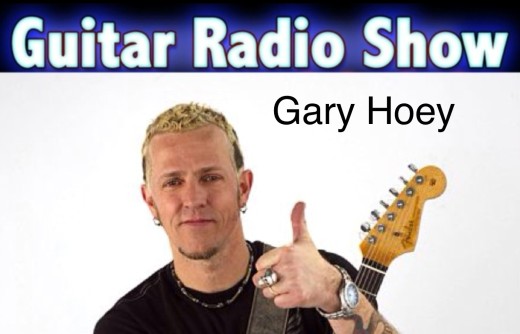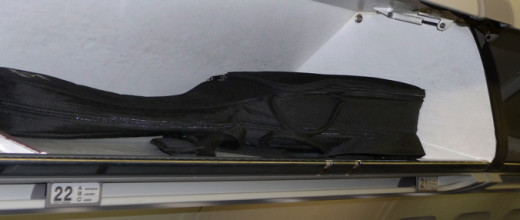Anybody who knows me, knows I love all kinds of music. Especially music I find very difficult to play. It pushes my mind and coaxes my ambition to be a better player. When I hear Dani Rabin from Marbin play it happens, but to the 10th power. Its one thing to be a technical player (and Dani is that) but when you play with that kind of precision and a feel with a supreme vibe that comes through you can’t help but want to bob you’re head in glorious approval.
The new Marbin disc is called “The Third Set” and it’s a peek into being with a band and audience that is sufficiently oiled up and has let their hair down in both senses. ( have you ever walked into a club late and you feel like, “Damn, I should have been here all night!”) This unique blend of doubled guitar and soprano sax lines backed by a wicked rhythm section drenches the audience in a funk, blues and jazz fusion mix that demands your attention to the groove then whacks you with soloing that leaves you saying, “I need to practice more”.
These guys have tapped into an extremely unique niche and although it might have a smaller audience, this is an opportunity to hear real musicians play honestly and with an intention that is sorely missed in most music today. They are Bloody Brilliant!!!
Mark Daven
Marbin is Featured on the 2/4/15 episode of Guitar Radio Show and is hitting the road for the rest of the winter. Below are dates, if you can see them we highly recommend it. Then you’ll want to go home and pick up the guitar!
For more on the band go to- http://www.marbinmusic.com
Marbin Tour Dates-
01/27/15 – 09:00pm@Lamasco Evansville, IN
01/28/15 – 10:00pm@Hideaway Saloon Louisville KY
01/29/15 – 09:00pm@Paddy Wagon Richmond KY
01/30/15 – 09:00pm@Avalon Lima OH
01/31/15 – 09:00pm@Tim Faulkner Gallery Louisville KY
02/01/15 – 10:00pm@Preservation Pub Knoxville TN
02/02/15 – 09:00pm@Barley’s Taproom Knoxville TN
02/03/15 – 09:00pm@The Pour House Music Hall Raleigh NC
02/04/15 – 08:00pm@Awendaw Green Awendaw SC
02/05/15 – 07:00pm@The Rusty Rudder Mt. Pleasant SC
02/06/15 – 06:00pm@Palmetto Brewery Charleston SC
02/06/15 – 10:00pm@Big John’s Tavern Charleston SC
02/07/15 – 10:00pm@Surrey Tavern Augusta GA Get
02/08/15 – 09:00pm@Ruby’s Elixir St. Petersburg FL
02/09/15 – 09:30pm@The Amsterdam St Pete St. Petersburg FL
02/10/15 – 10:30pm@Tir na nOg Irish Pub Daytona Beach FL
02/11/15 – 09:30pm@West End Trading Company Sanford FL
02/12/15 – 09:00pm@Ybor Cigars & Spirits Lakeland FL
02/13/15 – 08:00pm@South Shores Tavern & Patio Bar Lake Worth FL
02/14/15 – 09:00am@The Amsterdam St Pete St.
Petersburg FL
02/15/15 – 02:00pm@The Hut Ft. Myers FL
02/16/15 – 08:00pm@Will’s Pub Orlando FL
02/18/15 – 10:00pm@The Handlebar Pensacola FL
02/19/15 – 09:30pm@Black Nile New Orleans LA
02/20/15 – 09:00pm@The Howlin Wolf New Orleans, LA
02/21/15 – 09:00pm@Beatnik New Orleans LA
02/24/15 – 09:00pm@The Nick Rocks Birmingham AL
02/25/15 – 10:00pm@Alley Cat Carrollton GA
02/26/15 – 09:00pm@Rhythm and Brews Chattanooga TN
02/27/15 – 09:00pm@12th and Porter Nashville TN
02/28/15 – 09:00pm@John Brown’s on the Square Marion IL

